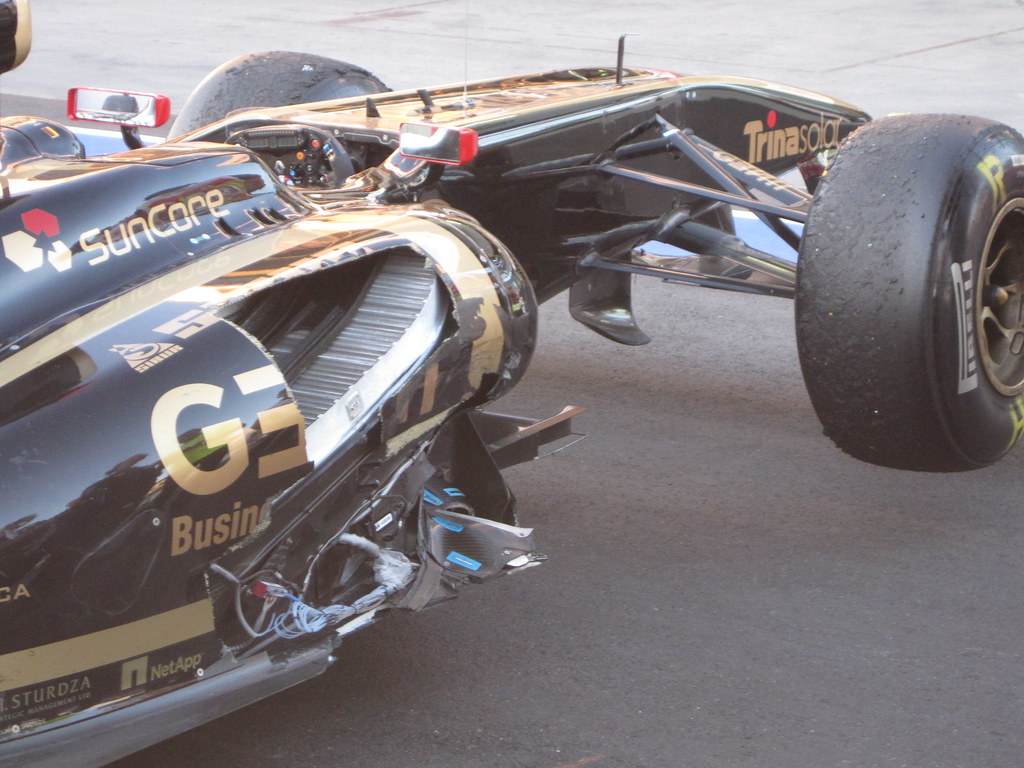bot6 wrote:As far as "energizing the flow" goes, it's just one word used to describe an infinitely complex concept. Basically, what happens under the car is so complicated the media had to find a word that means nothing to talk about it so they don't actually have to try and explain it.
There are a number of things happening under the car with that exhaust, here is a list of some:
- The hot air has different properties than the cold air (lower viscosity, lower density due to dilatation amongst other things). So feeding hot gases under the car heats up the surrounding air, and the lower viscosity helps with reducing drag, by reducing the boundary layer effect and turbulence under the car. In more simple terms, the air "sticks" less to the bottom of the car and can be "bent" more easily.
- As the hot air cools down along the length of the car, it contracts some, sucking more air under the car as it loses volume.
- The flow of the exhaust is pushing air outwards at the beginning of the floor. This kind of "forces" more of the air under the car to come from the front of the car (the area called the tea-tray) rather than from the sides of the car. Therefore, that air travels a longer path along the floor of the car before reaching the diffuser, resulting in more downforce. That's the "virtual skirt" thing, although "virtual low bargeboard" would maybe be closer to the truth.
There's a bunch of other small effects probably, but I think these are the three main sizable advantages. "energizing" the flow is just a term thrown there to encompass all of this.
+1, nice and simple explanation of what's going on.
I would add shelly's concept of thicker "virtual" leading edge of the floor - incoming air has to go around high pressure area created by exhaust gases in front of the floor, additionally speeding up the flow.
One of those small, but still significant effects mentioned by bot6 is lower skin friction/drag of heated surfaces - and both sides of the floor are seriously hotter then ambient with this solution.








